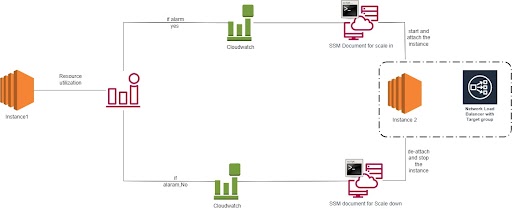
Client Background
A forward-thinking company in the software industry, specializing in ERP solutions, recognized the growing importance of cloud computing and the potential benefits it could offer to their clients. With a client base using their desktop ERP application, the company saw an opportunity to migrate these applications to the cloud, thereby enhancing scalability, improving performance, and achieving cost savings. They decided to leverage the power of AWS (Amazon Web Services) and the Software as a Service (SaaS) model to enable their clients to access their data from anywhere, anytime, using an internet connection.
Challenge
Solution
Advantages of Vaadin and AWS EKS
1. Enhanced Scalability:
AWS EKS offers seamless scaling capabilities, allowing the ERP system to accommodate growing user demands without compromising performance.
2. Efficient Deployment:
With the power of AWS Fargate and Kubernetes, deploying containers becomes a streamlined process, eliminating the need for manual management of servers or clusters.
3. Automation with CICD:
A Jenkins-driven continuous integration and continuous delivery (CICD) pipeline automates code analysis, testing, packaging, and deployment to ensure a reliable and consistent process.
4. Canary Deployment Strategy:
The use of a canary deployment strategy enables the introduction of new versions while maintaining a smooth user experience. This minimizes disruptions and helps to identify potential issues before full release.
5. Real-time Monitoring and Insights:
AWS container insights and X-Ray provide real-time performance monitoring and debugging tools, empowering the development and operations teams to promptly identify and address issues.
Results
1. Enhanced scalability, allowing the ERP system to handle increased user loads effortlessly.
2. Improved deployment efficiency and reduced server management overhead.
3. Robust automation of the CI/CD process for faster and more reliable deployments.
4. Smooth user experience with canary deployment, minimizing disruptions during new version releases.
5. Real-time monitoring and debugging capabilities to maintain optimal system performance.
